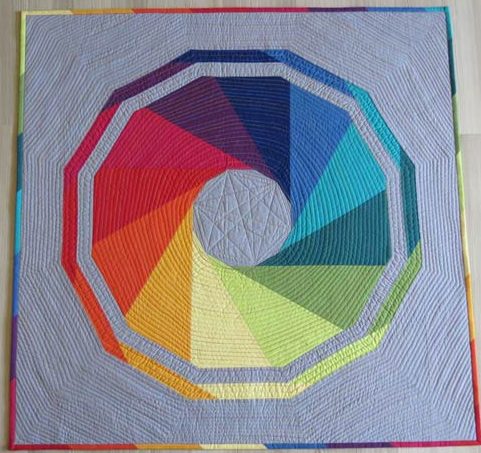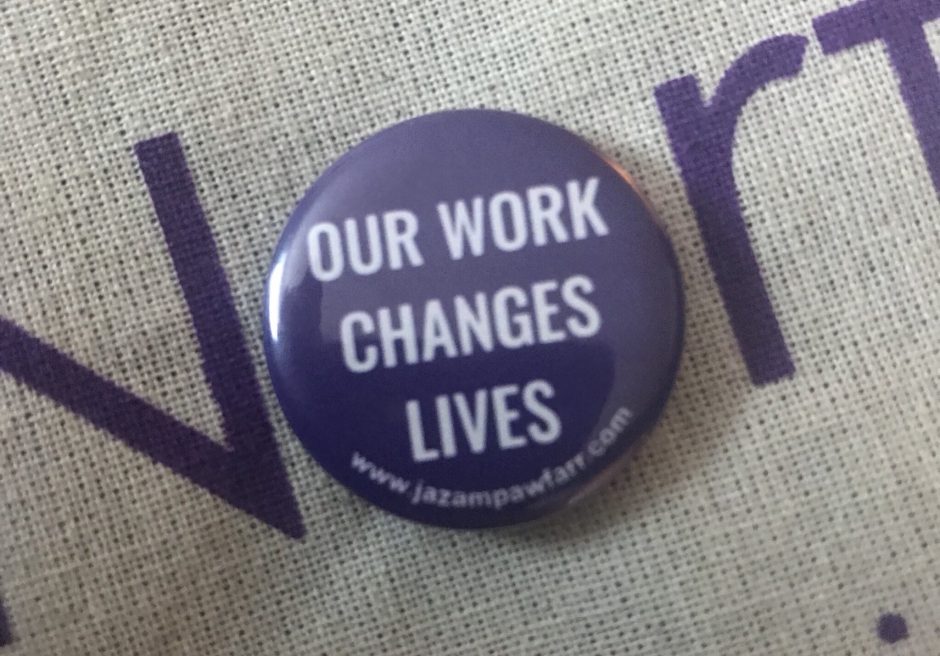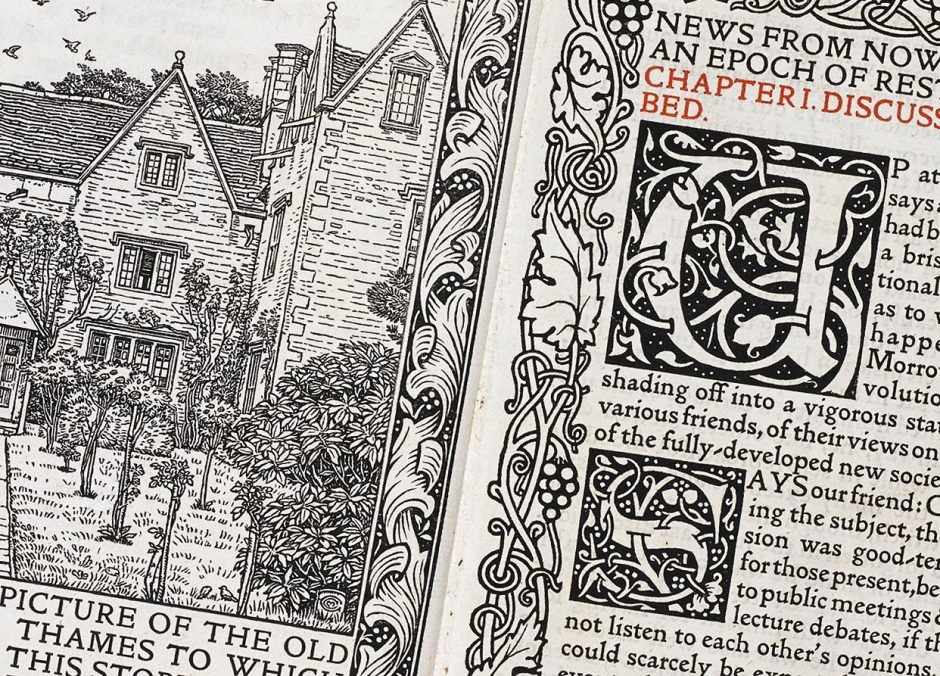We are all well aware that since becoming Ofsted’s chief inspector back in January 2017, Amanda Spielman made it clear that curriculum will be a key focus. Then in the next breadth, one expects to hear the terms, “breadth and balance.” The first phase was for Ofsted to investigate how much the new common inspection framework, due to be in place by September 2019, should change to look more closely at curriculum. Spielman suggesting that the curriculum was getting “bent out of shape,” narrowed in Primary under the strain of testing, bent under accountability pressures, addressing the two year Key Stage 3 dilemma, fat Maths and English and “shrink-flation” of the Arts. Now we know.
Here is my concern. Where schools offer a full and creative enrichment offer… then THAT is your curriculum. Can we all please stop using the phrase “extra-curricular” it really does exist. It is like saying I am on a diet plus overnight oats. Schools that offer a wide range of enrichment opportunities, need to have their investment recognised; music, dance, drama, sports, recreation, Service, Combined Cadet Force, design club, ICT, book club, read-out-loud, knitting, creative writing, conversational Spanish, chess, student council / voice / leadership, gaming, rock climbing, baking, STEM, student librarians, debating, Outdoor Learning, gardening club, Young Enterprise, puzzle club, “Chill-lax,” talent shows, inter-house, educational visits, trips… that is the curriculum offer. Note – I have not included the broad array of additional interventions, boasters and, revision sessions though they are, the curriculum too.
Here I applaud Matthew Purves’ (Ofsted’s deputy director for education inspection policy) more informed narrative.
I recently read that Matthew Purves underlined that
‘curriculum’ referred to all the learning that goes on in schools, including what we normally refer to as ‘extra-curricular’ activities and the daily interaction between and among pupils and staff.
And Dylan Wiliam referenced the “lived daily experience of our pupils” in his recent conversation with Craig Barton.
Within the frame of your curriculum language, I urged schools to change the language around what constitutes the curriculum. Know “what” you want your children to know and “how” they will learn it. If application is important, provide more experiential opportunities. The curriculum is not the timetable or a list of qualifications and it is more than the sequencing of ideas, concepts and knowledge (though that is clearly important). It should be tracked right back to those three, maybe four, “values-words schools are so found of. (That is a self-reflection prod by the way, BELONG – RESPECT – ASPIRE – ACHIEVE). If you want children to feel they belong to a school, then you are obliged to offer and encourage opportunities for those very students to have ownership in the decision-making process that underpins their education, whether you call it student voice, leadership, council or feedback and these contributions need to be at least recognised if not utilised.
I learnt this week that Ofsted will explore “intent, implementation and impact” of the curriculum.
A framework for setting out the aims of a programme of education, including the knowledge and understanding to be gained at each stage (intent)
…for translating that framework over time into a structure and narrative, within an institutional context (implementation)
…and for evaluating what knowledge and understanding pupils have gained against expectations (impact).
Not too dissimilar from the SSAT model or pillars of principled curriculum design.
- Articulating and evidencing curriculum intent
- Building breadth and depth in curriculum
- Engaging the whole school community in curriculum discussions
- Ensuring that all your students have access to a world-class curriculum
Importantly though these are presented numerically, these are not steps rather principles that hold up your curriculum or upon which, you build your curriculum. At times, question overlap or need to be addressed simultaneously.
What is your intention? What principles underpin your approach to curriculum?
What is distinctive about your school and therefore can be embodied, exemplified and amplified through your curriculum decisions and implementation?
Who informs the four pillars? This conversation offers a sincere and broad consultation opportunity. Headteacher, all staff, student leadership team, parents, trustees – even the key local employers (should you have the time and capacity to do so).
How established are the other operations within the school that support and contribute to curriculum delivery (principle 3), notably staff professional development, assessment and reporting?
What do the terms “broad and balanced” look like in your context now, how will they look next year and in the years to come? What future proofing are you considering?
How will you communicate and share your intent? As well as manage any unintended consequences encountered in delivery?
Consider what inhibits or promotes your intention? Staffing (retention and recruitment), physical and financial resources, student profile, facilities and footprint? How much churn has the school experienced and its capacity for further evolution?
What time frame are you working to?
How are all learners accommodated? How are vulnerable learner supported? Is equality or inequality promoted? Certainly, inequality is not necessarily derisory, should you have groups of students that need additional support, high EAL students are a good example – do you offer home languages?
Content
On what basis are decisions made? Review the inhibitors and the opportunities. Furthermore, is your curriculum a values statement (enterprise) or whole school intent (achievement for all)? Is it the need to stretch and challenge learners, or address a restraining prior attainment?
How will the content be derived, (assured, measured and monitored, evaluated, revised and refreshed)?
How is the curriculum resources distributed horizontally (with year) and vertically (the duration of the academic career).
AAR – what is in place, following the curriculum decisions being made, to respond to unintentional outcomes. What is the after-action-review cycle? (Checks and balance.)
Who is responsible for the curriculum decisions after subjects; exam boards, examiner reviews and department reviews.
Continuation – How does the curriculum build on the prior learning and feed futures education opportunities?
To what extent is the curriculum inter-woven – cross-curricular themes emphasised such as oracy or enterprise or sport?
Delivery
How flexible is your pedagogy? Does it, can it, support the preferred curriculum?
Back to the inter-woven curriculum? How effective is it at delivery your aims? PSHE, tutoring and assemblies, are good examples to explore here? Do we have 3, 4, or 5 whole-school deep learning days (PSHE or STEM or Creative or other)or are these mapped and delivered as a timetabled lesson? There is more to cross-curriculum than literacy, numeracy and ICT. Look out for examples of oracy and examples of Character Education?
How will the content be (derived) assured, measured and monitored, (evaluated, revised and refreshed)?
Is there an expectation for the curriculum to sit over or within the departmental framework? Protected characteristics and SMSC are examples.
Do teachers have the subject knowledge required to deliver your vision for curriculum and what is your capacity for professional learning?
How and by whom, is delivery of your curriculum assured? How is exemplary practice recognised and shared? How is practice supported and developed if it falls short of expectations?
What professional time is afforded to staff to plan, discuss and review the curriculum?
What is the position of assessment? What aspects of the curriculum are assessed?
Given that I work in an organisation that values self-directed learning highly – to what extent is personalisation and self direction embedded or explicitly taught? What is the language of learning?
Experience
How far is your curriculum intent evaluated? How responsive can you be to unintended or unforeseen challenges?
How will the content be (derived, assured, measured and monitored,) evaluated, revised and refreshed?
How and when does the evaluation process and data analysis (performance of the students) inform the curriculum?
How will your forward planning, (retention and recruitment in particular) support the annualised cycle?
How do you recognise the entirety of students’ achievements – this is an area that I believe independent education does better the maintained sector. I plan to review the International Baccalaureate Middle Years Programme (IB MYP) for further insight on this point.
Here is my final point, the new Ofsted framework (September 2019), will look at the “richness” of what students are taught and recognise breadth of experience. That includes all that students experience.
It may well be worth recording all the activities that contribute to that richness, which of the school values they contribute to. Given Matthew Purves comments about “connections and schematics,” and “not isolated information,” and Sean Harford’s presentation at ASCL, it may well be worth presenting that information visual – explicitly showing those “connections and schematics” and at the same time recognising and applauding staff for their discretionary effort.
Throughout the Spring conferences Ofsted wanted to emphasise two things:
Ofsted does not have a preferred curriculum, and our current inspection framework and handbook have not changed.
One thing is clear it needs to. There is no such thing as “extra-curricular,” nor “formal curriculum, (p42)” or “timetabled curriculum, (p27)” or “main curriculum, (p27).” It is the curriculum.
Meanwhile, I can not shift the thought that the accountability measures, measure not the curriculum, but an historic curriculum set under a previous set of guidelines or framework.
If you are looking for an intelligent conversation around curriculum, Martin Robinson offers an informed commentary.
I keep coming back to this post. Curriculum and accountability is really bothering me. The woven rug image used as a featured image shows how the subjects overlap and work together to create the curriculum. However, it is only when these coloured sections are presented together, that you get the wheel. It is the interactions of the curriculum that is so important as artist Dustin Yellin and the Warwick Commission so beautifully articulated. How in two days will inspectors unpick that weave.
We need creative scientists as much as we need artists who understand the property of materials… Warwick Commission
This, for me, was more persuasive. I am confident Yellin would subscribe to this statement. It led me to question why design or creative expression is not included in our EBacc? STEAM as opposed to STEM? (Which reminds me, I need to explore


